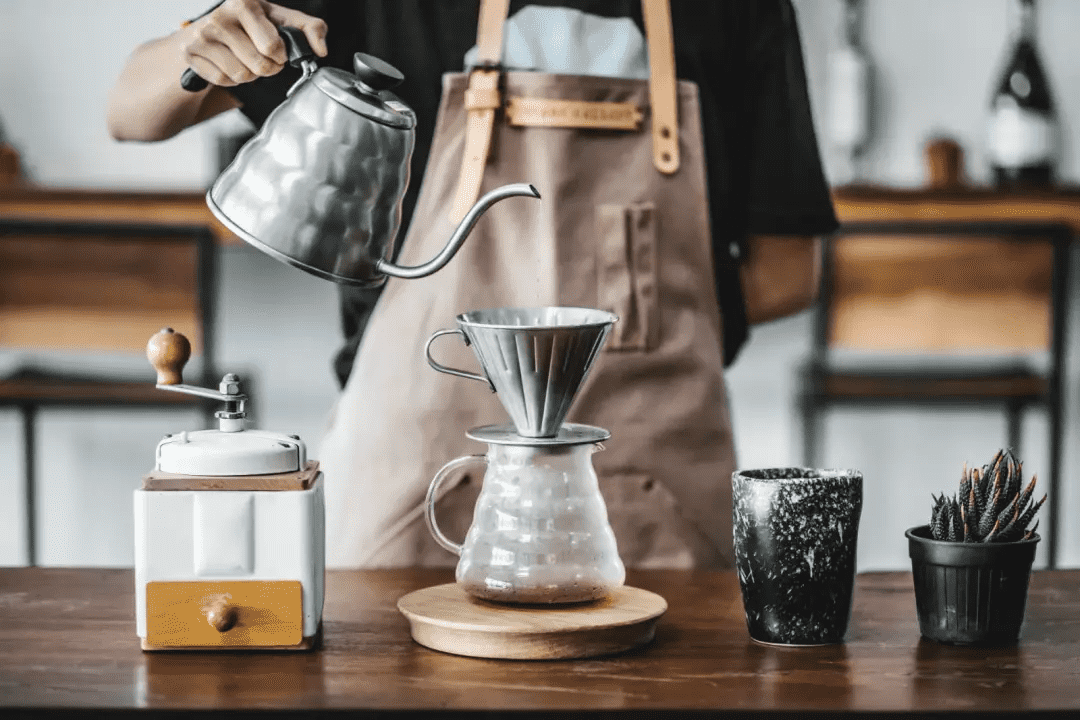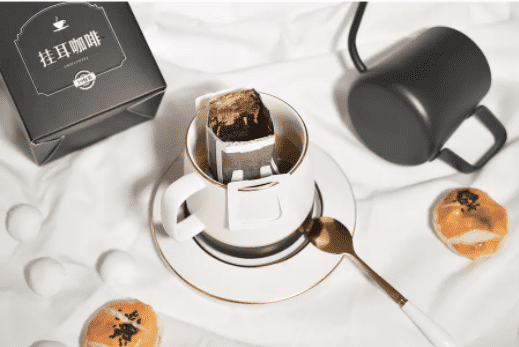Among the Yunyun handmade beverages, the taste of a cup of coffee is particularly dependent on the craftsmanship of the brewer. There are too many variables that affect the quality of coffee, and as consumers, we can only decide how long the coffee is cold and how long before drinking it. If you make your own coffee at home, even if you have all the coffee beans and tools in your hand, it seems that you can’t match the quality of a coffee shop. After all, how can one make a cup of coffee comparable to a coffee shop?
A lot of practice is not a problem, but the co-author of the book “Water for Coffee: Science Story Manual” and associate professor of computational materials and chemistry at the University of Oregon, Christopher Hendon, believes that preparers must also master the principles of chemistry and physics at the same time. Variables such as water temperature, water quality, particle distribution, ratio of water to powder, and time used will affect the final taste of the cup. To make a good coffee, you must learn to control these variables.
Generally speaking, the density of ingredients (organic acids, inorganic acids, heterocyclic compounds, Mena reaction products, etc.) of the coffee we are used to drinking is divided into two types: one is the content of 1.2 – 1.5%, such as drip coffee, and the other is as high as 8 – 10%. , Such as espresso. Turkish coffee such as hand-punching, French press, siphoning, machine leakage, or Turkish coffee directly heated by coffee powder ditch water can reach a density of 1.2 – 1.5%; while coffee that is as strong as 8 – 10% uses a coffee machine. The density of coffee ingredients is largely inseparable from its origins, but the following factors are important.
1. Temperature and speed
It can be seen from the above that low coffee brewing methods are roughly divided into two categories: steeping and dripping. From a physical point of view, the biggest difference is that coffee beans have a higher temperature than dripping when they are soaked. In fact, the most time-consuming process of coffee extraction is not to dissolve caffeine on the surface of the particles, but to wait for the coffee flavor to pass through all the particles and reach the junction between water and coffee. The length of time used varies depending on the water temperature. The higher the heat of the coffee bean particles, the more delicious compounds in it can be extracted. However, if the temperature is too high, it will dissolve more unwanted compounds in the water and affect the taste.
On the other hand, hand-flushing and other dripping methods take time for the water to flow through the coffee beans. The brewing time depends on the water temperature and the thickness of the coffee beans, so the calculation is more complicated.
2. The ratio of coffee beans to water
When using the drip method, too fine coffee beans particles will increase the preparation time and extraction volume. The brewer can increase the ratio of water to coffee beans by reducing the amount of coffee beans, but at the same time it will also reduce the brewing time accordingly. Therefore, dripping is more troublesome than soaking, and you can make a good cup of coffee by knowing everything.
3. Water quality
Even if the above two principles are done well, it is difficult to guarantee that the brewed coffee is correct. Hendon pointed out that there are two other details that can affect coffee quality, one of which is the pH of the water.
Coffee is an acidic beverage, so the pH of the brewing water is also very important. Coffee brewed with low HCO₃⁻ (Bicarbonate) water (also known as soft water) has a higher acidity; if the coffee is brewed with water with high HCO₃⁻ content (ie hard water), it will neutralize the strong and prominent acidity. Ideally, it is best to use water with the right chemical substance for brewing coffee. However, it is difficult to know the concentration of HCO₃⁻ in tap water. Hendon recommends that you try Evian mineral water with one of the best HCO₃⁻ content (up to 360 mg per liter) for coffee brewing. , Compare the effects of the two.
4. Particle distribution
Any senior coffee lover will tell you that blade grinders are not the best grinder tools, because the coffee beans they grind are of different thickness, which is not good for extraction. It is best to use a burr grinder, which uses two parallel gears to grind the coffee beans gradually, and the effect is more even.
There has always been controversy about the ideal thickness. It is said that the finer the coffee beans are ground, the better, maximize the surface of the particles, and facilitate the extraction of the best and strongest coffee flavor; it is also said that the coarser the better, to avoid excessive extraction to release astringency. Hendon believes that the thickness depends on his own taste.
Post time: Jul-14-2021

